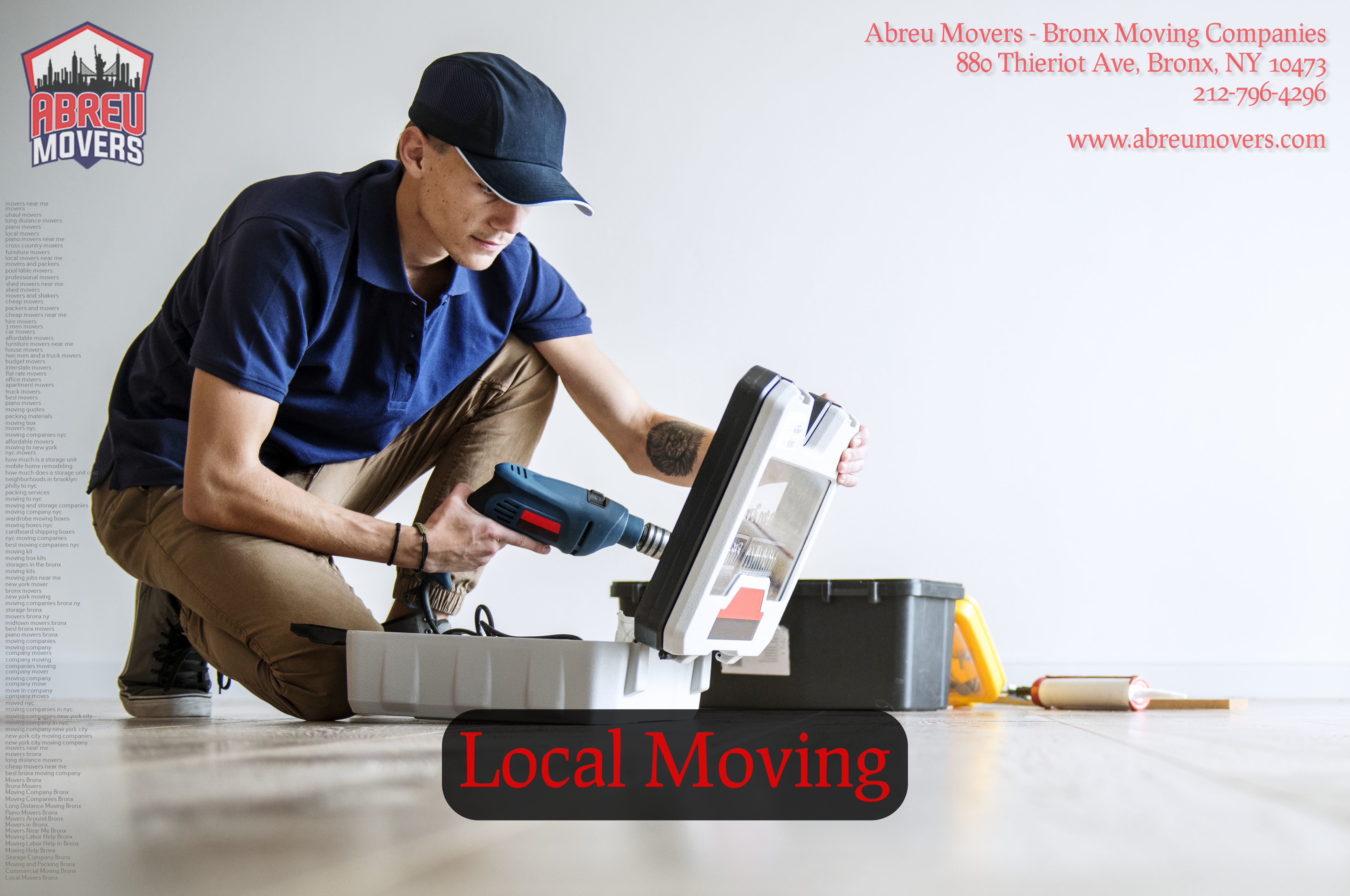

Introduction
Moving to a new home can be an exciting and daunting task at the same time. While the thought of starting fresh in a new location is thrilling, the process of packing up all your belongings can be overwhelming. One common challenge that arises during a local move is deciding what to do with unwanted items. Whether it's old furniture, clothes that no longer fit, or outdated electronics, figuring out how to handle these items can be a dilemma. In this article, we will explore various options for dealing with unwanted items during a local move, ensuring a smooth and stress-free transition.
Table of Contents
Donate1.1 Clothing
1.2 Furniture Sell
2.1 Online Platforms
2.2 Garage Sale Repurpose
3.1 DIY Projects
3.2 Upcycling Recycle
4.1 Electronics
4.2 Appliances Dispose
5.1 Hazardous Materials
5.2 Non-Recyclable Items
What to Do with Unwanted Items during a Local Move
During a local move, decluttering becomes essential to ensure that you only bring the items you truly need and love to your new home.
One effective option is to donate unwanted items that are still in good condition and can benefit others in need.
Clothing
When it comes to clothing, consider donating them to local shelters or organizations that support individuals who are less fortunate. Many charitable organizations accept gently used clothing and distribute them to those in need.
Furniture
If you have unwanted furniture that is still in good shape, consider donating it to charities or non-profit organizations such as Habitat for Humanity or Goodwill. These organizations often provide furniture to families in need and can even arrange for pick-up services.
Sell
Another option for unwanted items is selling them, allowing you to recoup some of the moving costs while also giving others the opportunity to purchase pre-loved items at a lower price.
Online Platforms
With the rise of online marketplaces, such as Craigslist, eBay, or Facebook Marketplace, it has become easier than ever to sell unwanted items. Take clear pictures, write detailed descriptions, and set a fair price to attract potential buyers. Remember to arrange safe and secure transactions when meeting with potential buyers.
Garage Sale
Hosting a garage sale is another popular way to sell unwanted items. Gather all the items you wish to sell, organize them neatly, and advertise your sale in local communities or online platforms. Make sure to price your items reasonably and be prepared for negotiation.
Repurpose
Instead of getting rid of unwanted items, you can get creative and repurpose them into something useful or decorative.
DIY Projects
Unleash your creativity by turning old furniture or accessories into unique pieces through do-it-yourself (DIY) projects. For example, an old ladder can be transformed into a stylish bookshelf or a vintage suitcase can become a charming coffee table. The possibilities are endless with a little imagination and some basic tools.
Upcycling
Upcycling is another way to give new life to unwanted items. Instead of throwing away old clothes, consider turning them into reusable shopping bags or creating patchwork quilts from scraps of fabric. Upcycling not only reduces waste but also adds a personal touch to your new home.
Recycle
When dealing with unwanted items that cannot be donated, sold, or repurposed, recycling is the next best option.
Electronics
Electronic devices should never be thrown in regular trash bins as they contain hazardous materials that can harm the environment. Many retailers and electronic manufacturers offer recycling programs, allowing you to safely dispose of old electronics. Check with your local recycling center or contact the manufacturer for proper disposal procedures.
Appliances
Old appliances, such as refrigerators or washing machines, can also be recycled. Many municipalities have specific programs in place to handle the recycling of large appliances. Contact your local waste management department or recycling center for guidance on how to properly dispose of these items.
Dispose
In some cases, there may be items that cannot be donated, sold, repurposed, or recycled. These items will need to be disposed of responsibly.
Hazardous Materials
Items such as paint cans, batteries, or cleaning products are considered hazardous materials and should not be thrown in regular trash bins. Contact your local waste management department or recycling center for information about safe disposal options for hazardous materials.
Non-Recyclable Items
Certain items may not be recyclable or suitable for donation due to their condition or nature. In such cases, they will need to be disposed of in accordance with local regulations. Check with your municipality http://lorenzooyej888.yousher.com/what-to-look-for-in-local-moving-services-reviews-and-testimonials for guidelines on how to properly dispose of non-recyclable items.
FAQs
Q: Can I donate damaged furniture during a local move?
A: While some charities may accept damaged furniture, it is best to check with them beforehand. They may have specific guidelines regarding the condition of donated items.
Q: How can I determine the value of my unwanted items when selling them online?
A: Research similar items on online marketplaces to get an idea of their market value. Consider factors such as age, condition, and demand when setting a price.
Q: Are there any restrictions on what electronics can be recycled?
A: Different recycling programs may have specific criteria for accepting electronics. Generally, most types of electronic devices can be recycled, including computers, cell phones, and televisions.
Q: Can I dispose of hazardous materials in regular trash bins?
A: No, hazardous materials should never be thrown in regular trash bins. Contact your local waste management department for proper disposal options.
Q: What should I do with items that are not suitable for donation or recycling?
A: For non-recyclable items, check with your municipality for guidelines on how to dispose of them properly. They may provide specific instructions or collection services.
Q: Is it possible to repurpose broken or damaged items?
A: Yes, repurposing is a great way to give new life to broken or damaged items. Get creative and think outside the box to transform them into something useful or decorative.
Conclusion
During a local move, dealing with unwanted items can be a challenge. However, by considering options such as donating, selling, repurposing, recycling, and disposing of these items responsibly, you can ensure a smooth and eco-friendly transition to your new home. Remember to always research local regulations and guidelines for proper disposal methods and make conscious choices that align with your values. By minimizing clutter and only bringing what you truly need and love to your new space, you can start fresh and enjoy a more organized and enjoyable living environment.